Site-specific
A Quiet Collaboration | Landscape | Museum | Build Residency | Such a Waste | Eek | Ephemeral Nature | A Search for Gold
‘Tip the Balance’, 2018
Handmade paper made from Philips’ The Atlas of the World edition 1988 (weighing 1 lb 1oz) on bilateral postal scales.
‘The Wrong Seed’, 2018
Seed packet - made from a map of China, from an Atlas of the World - containing Black Mulberry seeds from Dartington Hall Gardens.
The Black Mulberry, Morus nigra, has been cultivated in Europe for so long that its origins are obscure, the White Mulberry, Morus alba is native to China and was cultivated to feed silkworms.
King James 1st planted hundreds of Mulberry trees in Britain, 10,000 were imported from Europe in an attempt to kick start a native silk industry. King James mistakenly ordered the Black Mulberry instead of the white, some say he was wrongly advised by the French. Descendants of the original trees still exist in the grounds of many stately homes in Britain.
'Under the Mulberry Tree 2 Waiting (King David)', 2018
Speaker embedded into a Holy Bible, King James edition. Old Testament Samuel II, Chapter V, versus 19, 22-25. Sound recording made under the Mulberry Tree at Dartington Hall Gardens, looped.
‘Under the Mulberry Tree’ works continue on my Performance page here >

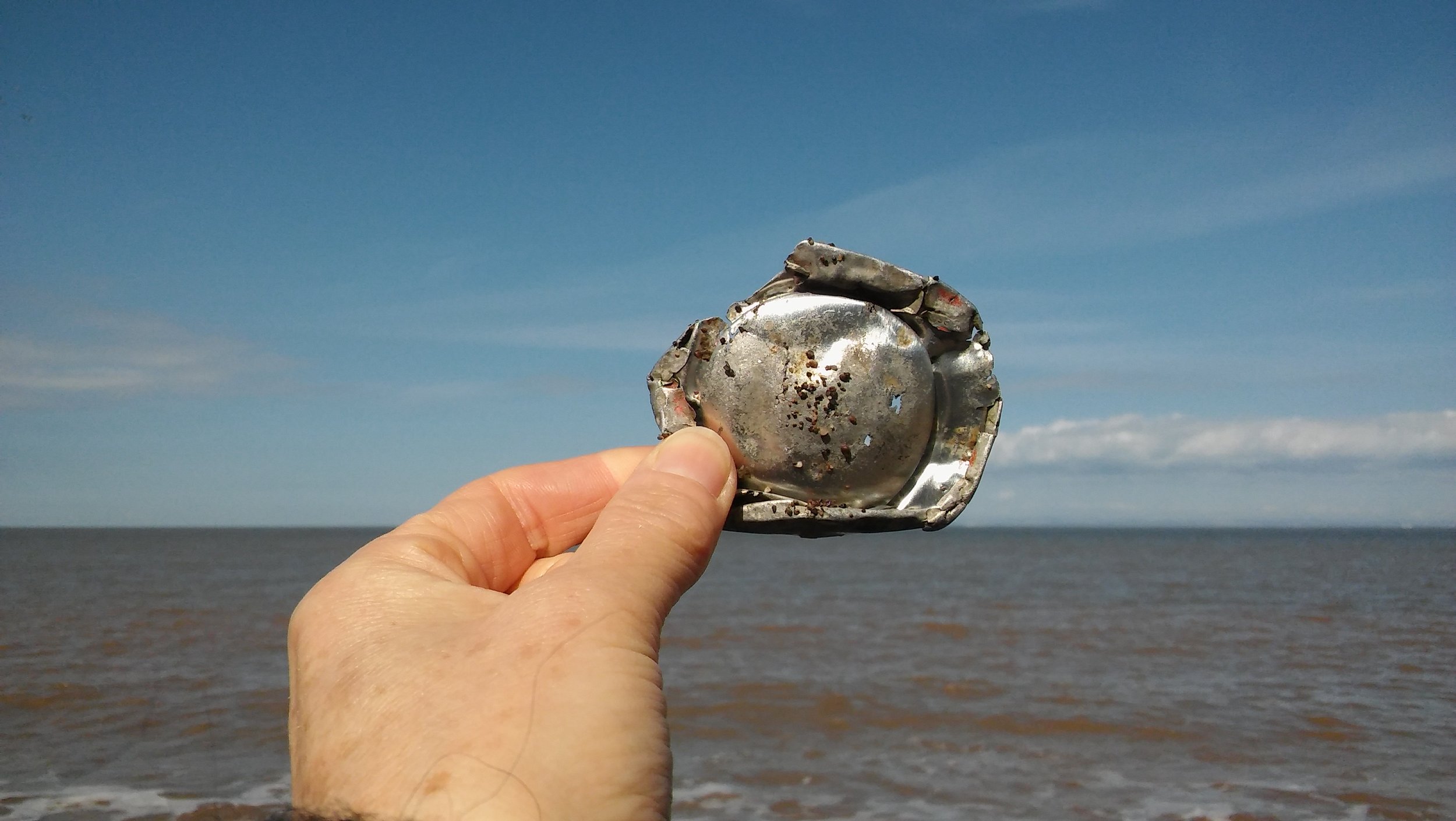
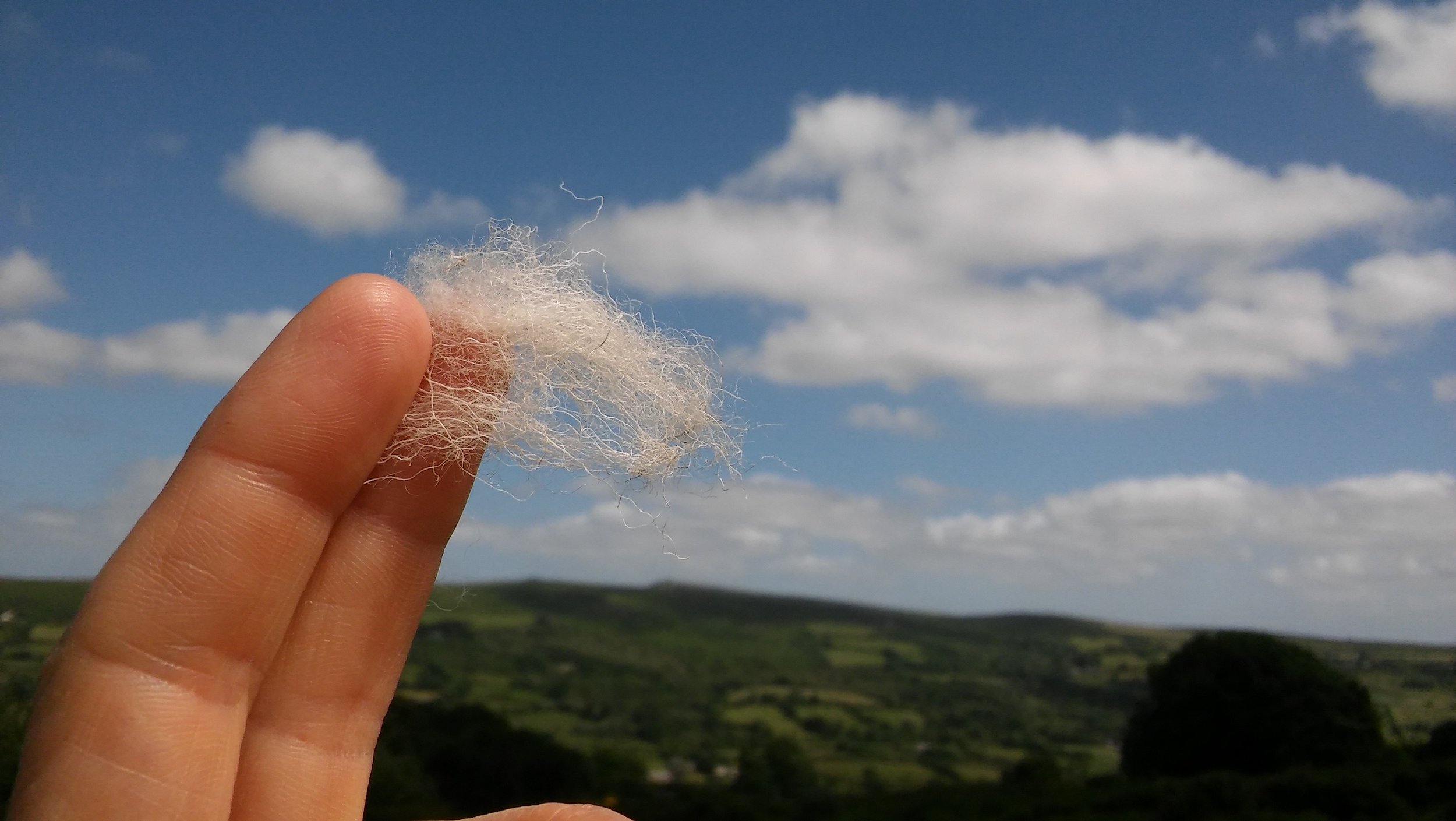

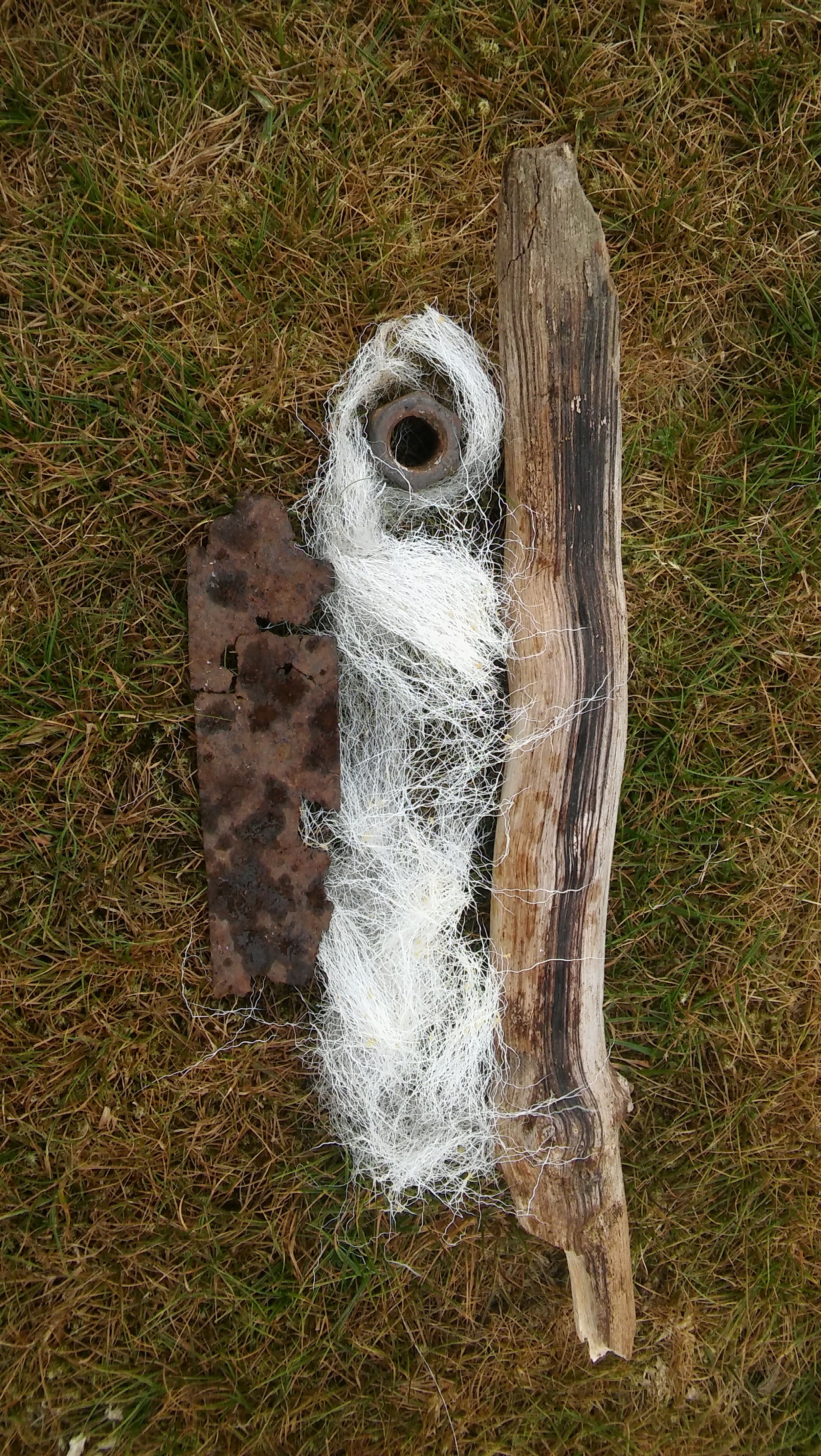

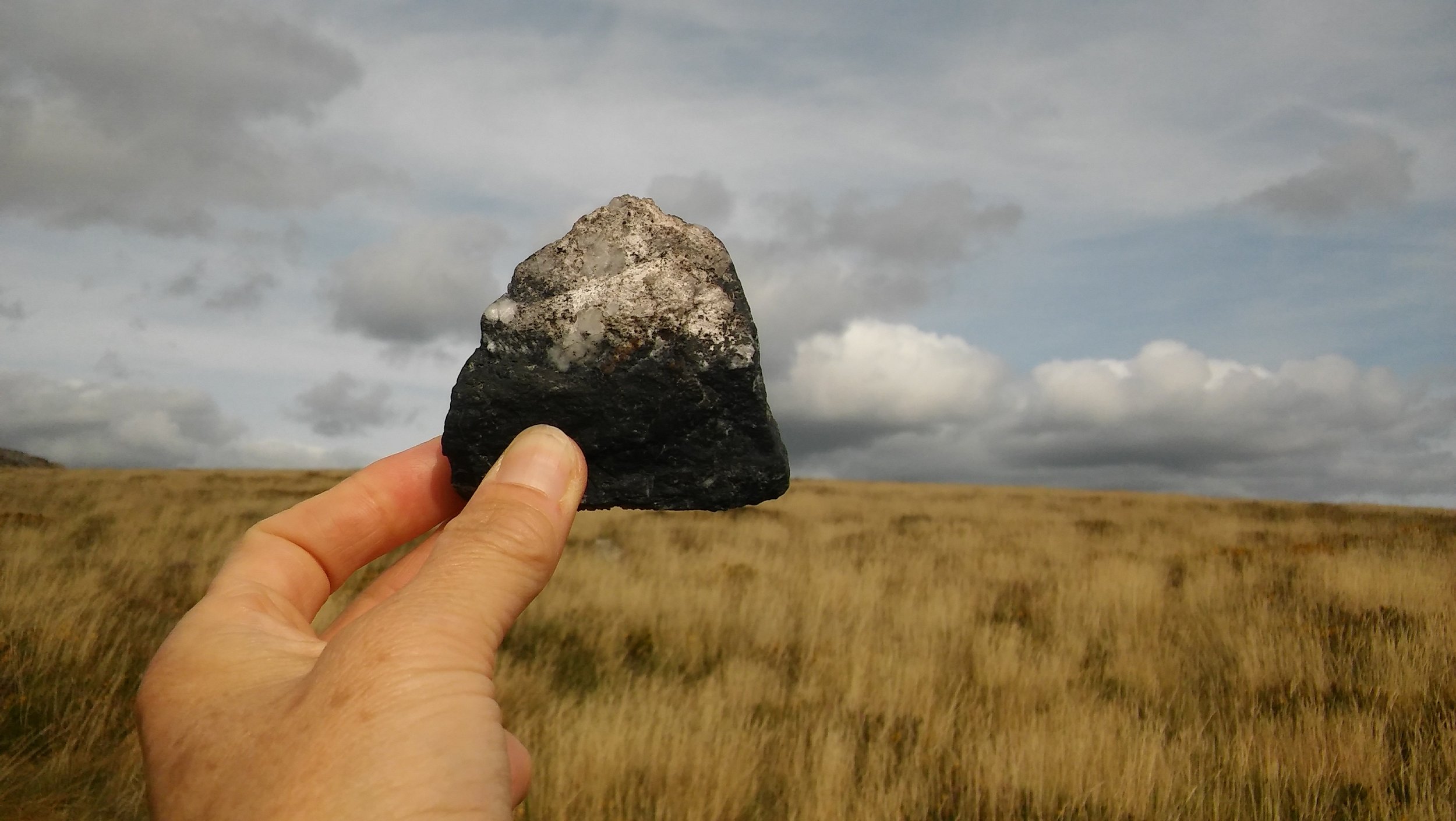
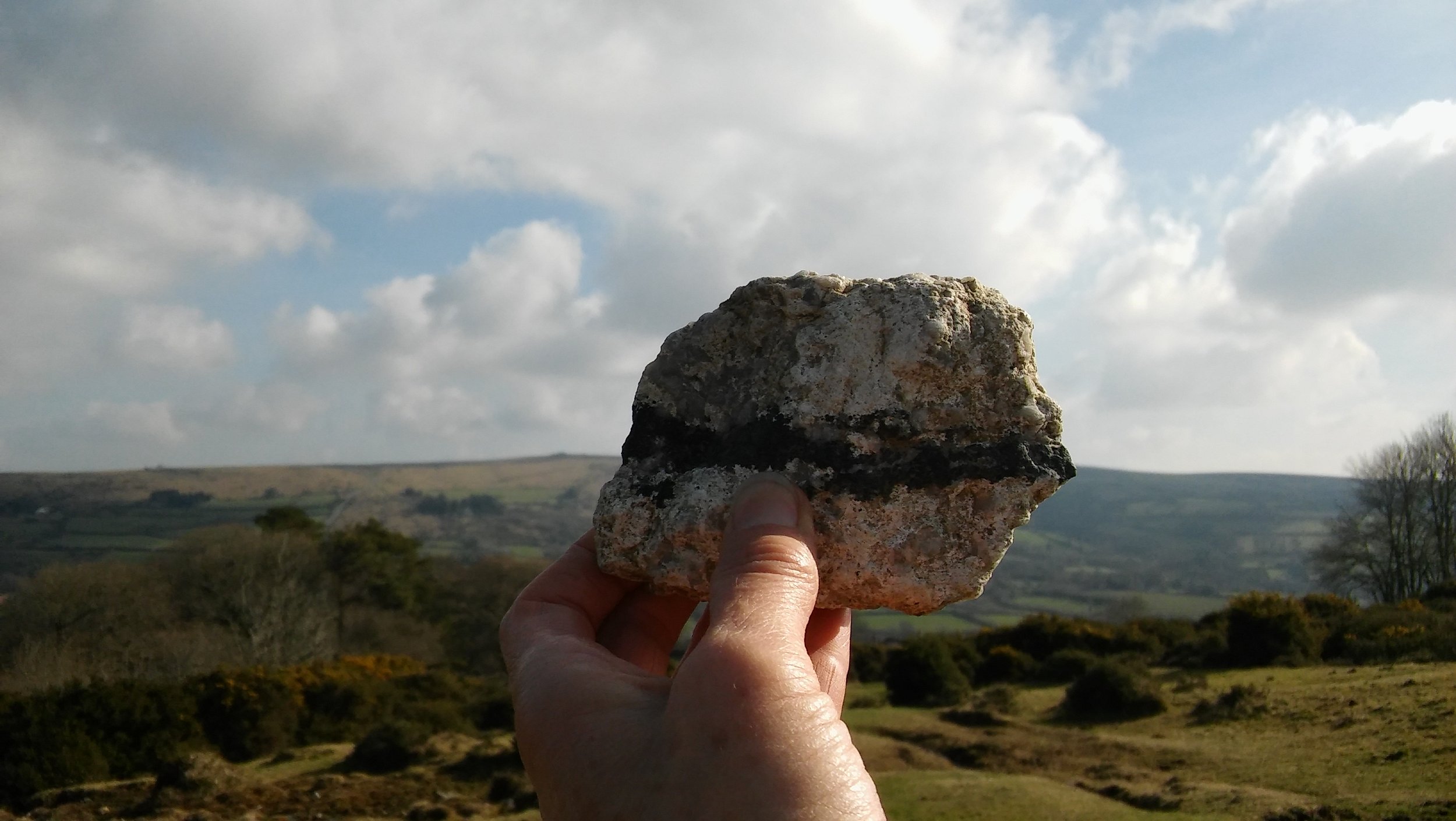

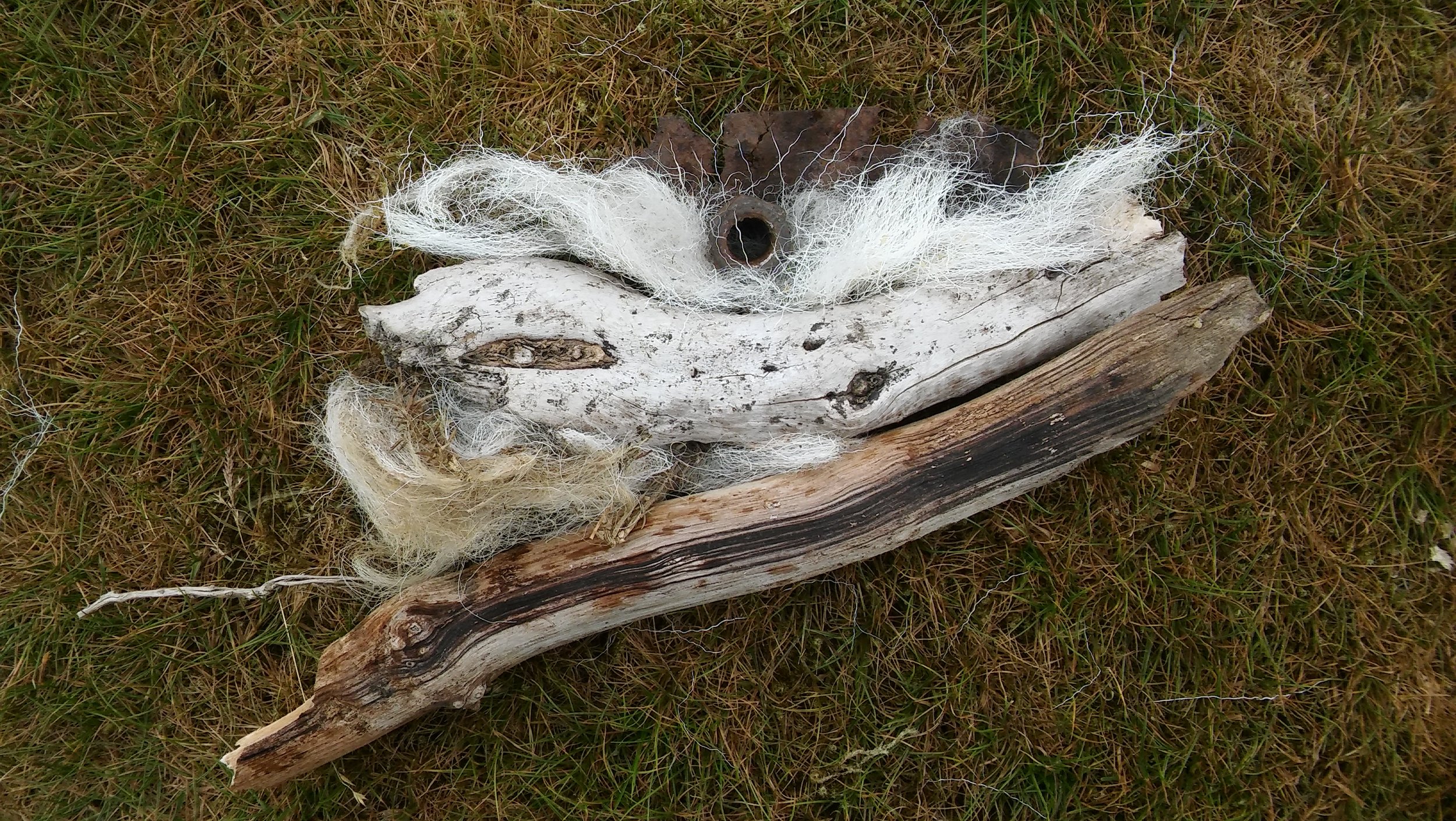
Museum
Warwickshire Open Studios - pop-up museum of my grandmother’s collections, 2015
After my grandmother’s death, I began the process of clearing her house and belongings. I found many of the same things, combs, hairnets and toothbrushes and many broken items had been kept, spoons, worn down pencils and crockery. It became clear that everything had been stored away, as was typical of her generation they would mend, repair and re-use rather than throw away and buy new.
Delving deeper I discovered hidden treasures we had not been made aware of by my grandmother, letters from family members in the trenches of WW1, beautiful handcrafted lace, needlework and clothing, exquisite pencil drawings, photographs, magazines and more. I felt strongly that these possessions needed to be exhibited so, I signed up for the Warwickshire Open Studios the following year, hired a Chapel under croft and organised a pop-up museum that opened for two weeks. It was very successful and triggered an interest not only from local village residents but attracted people from as far as Birmingham and Coventry.
Sketches with ink, pencil, graphite and watercolour.
Build Residency
Artist in Residence, Cornwall College, Camborne, 2008
I spent 3 months at Cornwall College making work in response to the site. I used discarded materials found in skips around the college site and broken printers from the IT department. The residency culminated in an exhibition of 4 drawings and a sound piece called ‘Automatic Thinking Machine’. The project also involved giving tutorials to the students on the Foundation Art course.
'Positive' Toner from Dell Laser Printer 1700N on Fabriano paper. 151 x 227cm
'Negative' Toner from Dell Laser Printer 1700N on Fabriano paper. 151 x 229cm
'Surge' Toner from HP Laser Jet 6P on Fabriano paper. 151 x 234.8cm
'Discovery' Toner from Hewlett Packard Laser Jet 81500DN on Fabriano paper. 151 x 216.7cm
‘Automatic Thinking Machine’
Every day I would type in my diary entries on the broken keyboard. The words, a stream of consciousness, were recorded and played back the following day as typing sound through a speaker in the gallery space next to my drawings.
Old school desk and chair, broken computer keyboard, microphone, lead and speaker.
Such a Waste
I worked for a short while in a florist shop.
In almost every culture we give flowers to show we care.
The process of getting out-of-season cut flowers to the UK has a detrimental cost to the planet; through the use of chemicals in production, transportation, and the use of plastics and chemicals to keep them fresh. Once received, they offer a brief existence before being discarded and often ending up in landfill.
I made these drawings using discarded flowers, a token trace of their existence.




‘Such a Waste’, toner on Fabriano paper, 2008
Scattered Maps at Eek
The Old Grammar School, Redruth 2006
Part of an inaugural exhibition at the Old Grammar School site (now Krowji) in Redruth.
I used the fabric of the building to create maps across the walls, floors, ceilings, window sills and within drawers. I made stencils of the maps (from Philips’ The Atlas of the World, 1988 edition), then collected the paint by peeling, sanding and grinding the layers of paint from the walls, then sprinkled the paint through the stencils or laid out the peeled paint to form the continents and countries of the World. The maps created a ghostly effect scattered across the space, their subtle presence hardly noticed by some and were literally stumbled upon adding to the ephemeral and fragile quality of the piece.
Building Africa
Antarctica
Canada & Alaska
Europe
British Isles
British Isles
Greenland
Japan
Middle East
Mongolia, China & Korea
North America
Piecing together the Middle East
Russia
South America, Mexico & Central America
South East Asia & India
Ephemeral Nature
I was commissioned by RANE (Research Art Nature Earth) and worked for three months at Trebah Garden, Cornwall, 2005-2006.
More information can be found here: artdotearth.org/rane/ephemeral-nature
A Search for Gold
Falmouth University, 2004
I dismantled a room; pulled down the partitions, planed the wooden supports, steamed off the wallpaper, stripped the paint from the walls, took the light fixings down, and sanded the paint from the floor. Then I collected the materials and transformed them further, turned the wood into shavings, pulped the wallpaper and remade new paper, ground down nails, collected and sorted dead insects, swept and separated the dust, and sieved it to a fine powder.
A little like an Alchemist’s quest for gold, I searched the space, and gathered and transformed the materials I found.
What resulted were 50 jars of different ingredients and colours displayed in the middle of the room.








Deconstruction
Paper pulping
Collecting black paint




Sweeping and separating floor dust




Shaving wood
Collecting dust
Insects
Finding Gold…
Final installation





















































